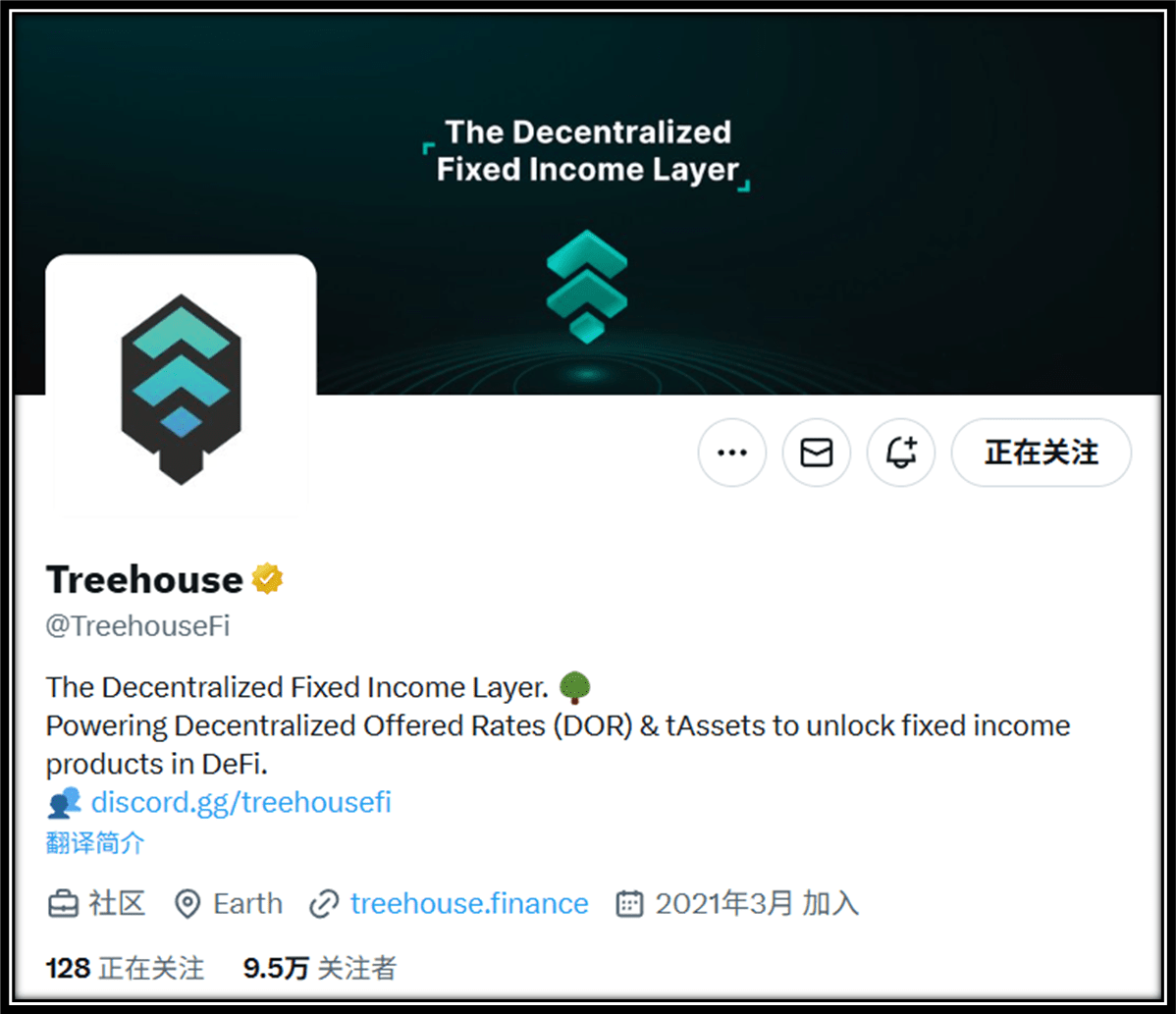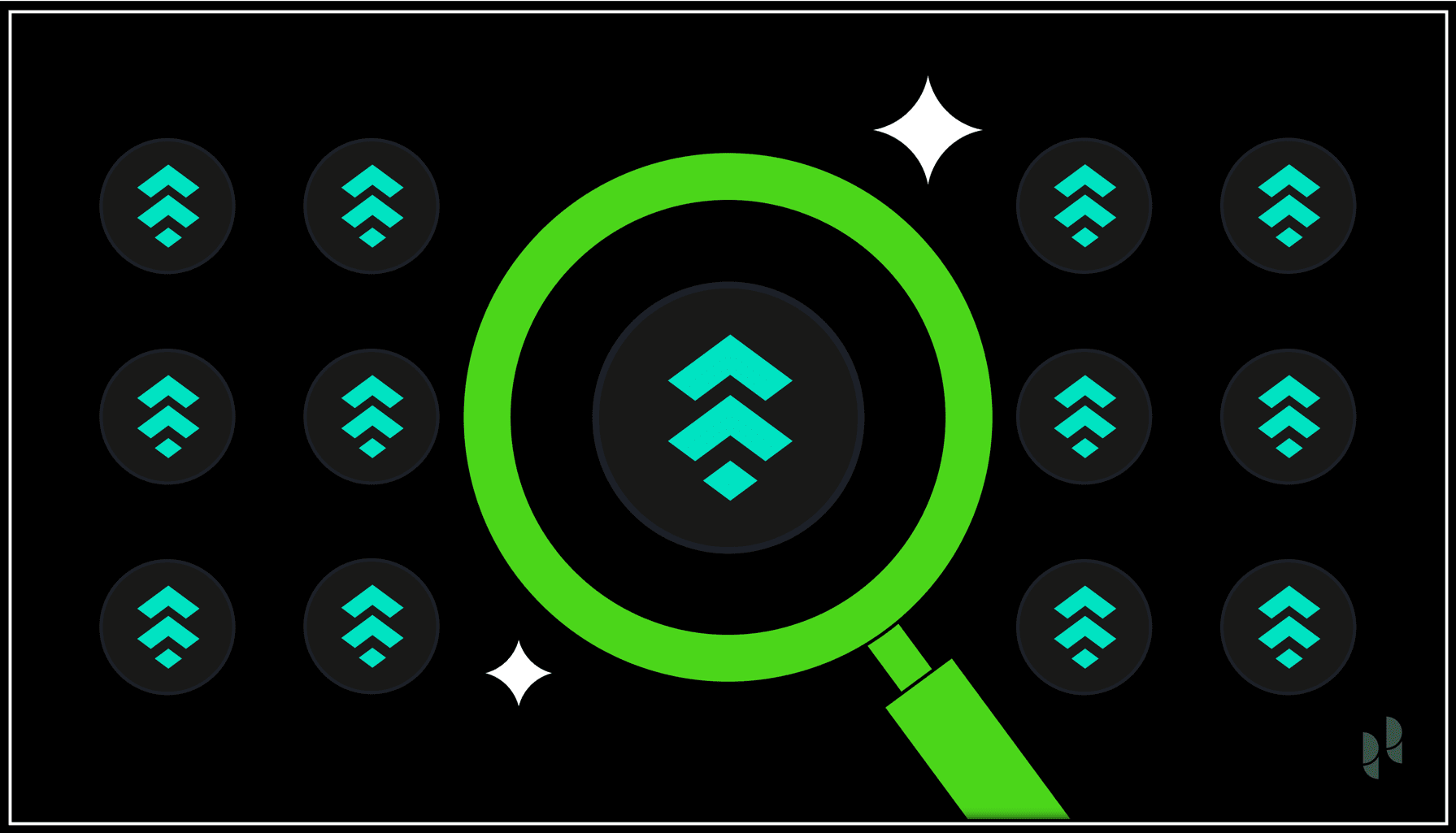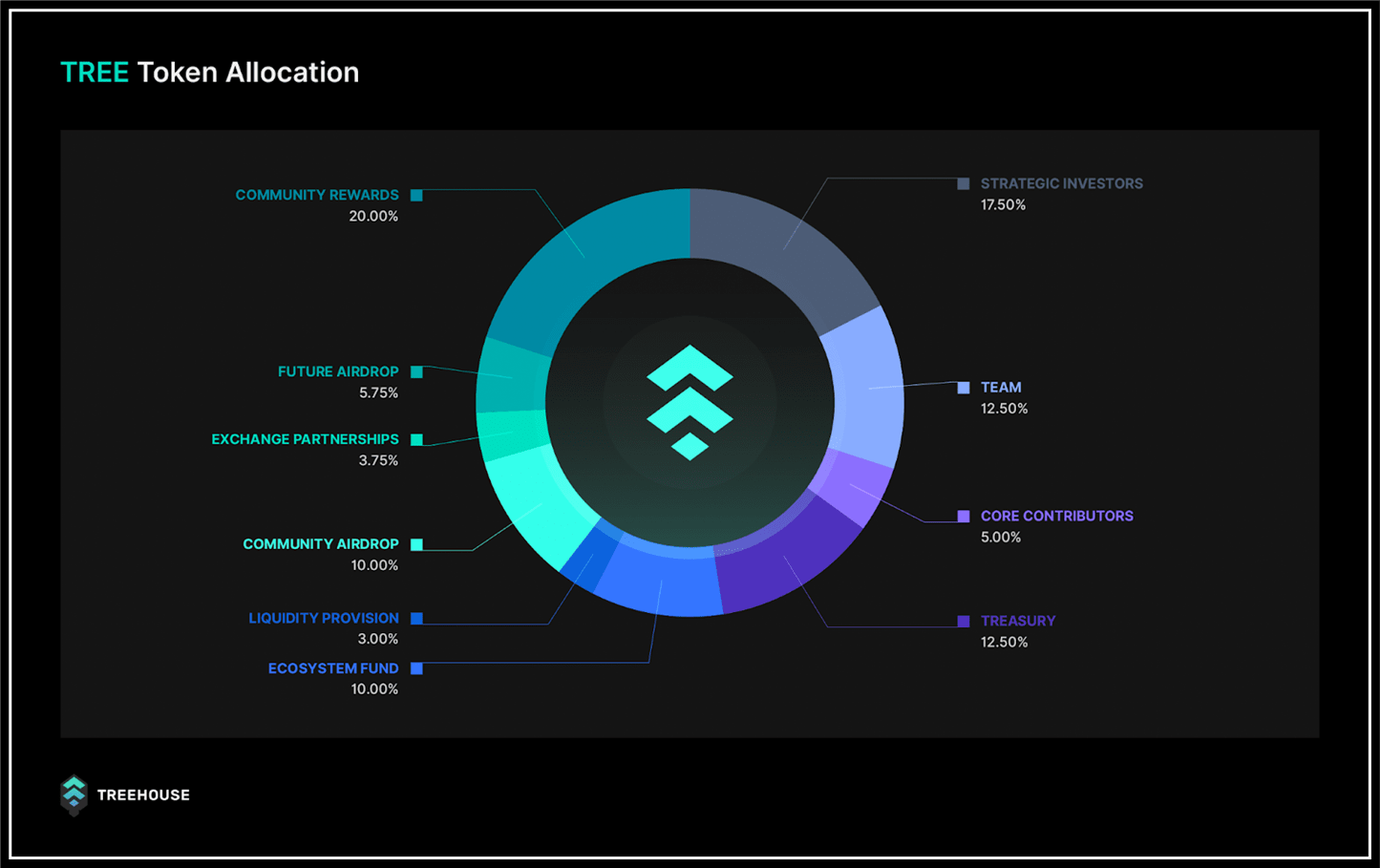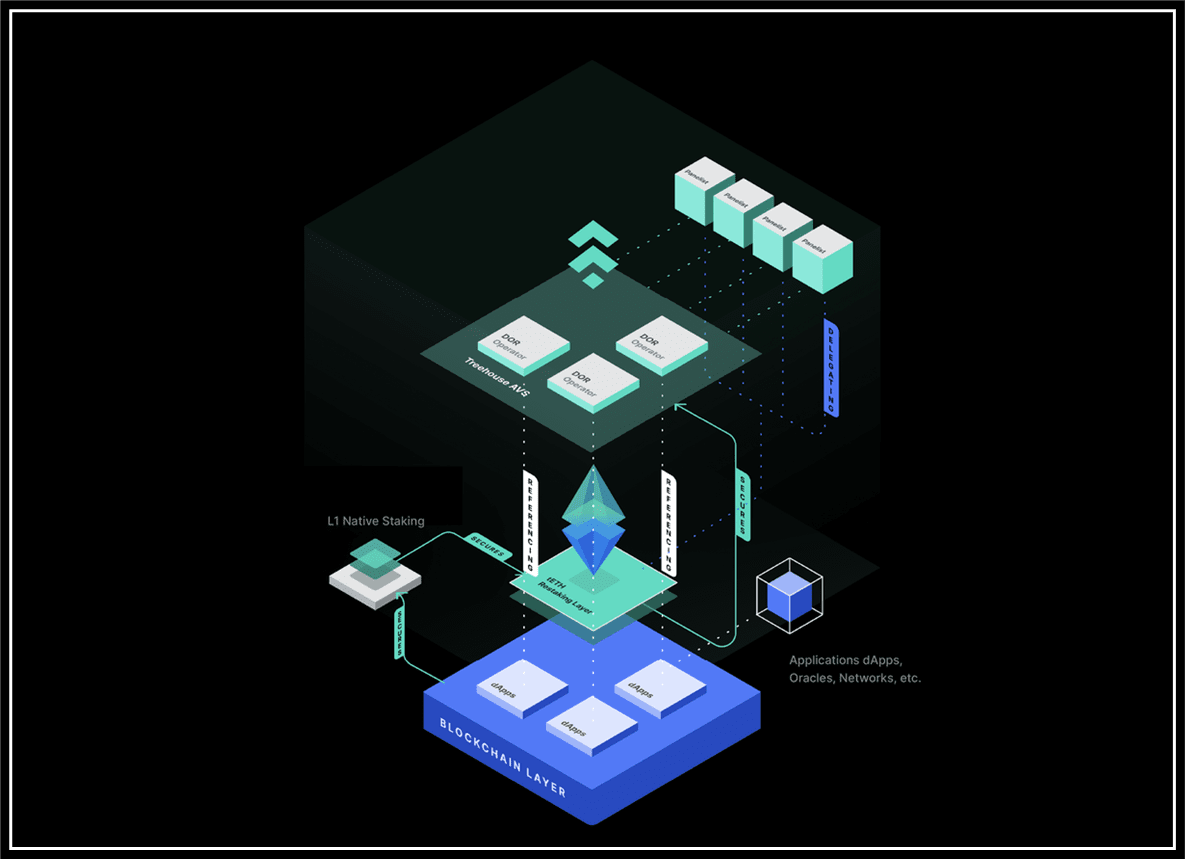Today, let me introduce the TREE token. It is a core component of the Treehouse protocol and plays a crucial role in the DeFi world, serving as an "innovation engine" in the fixed income sector! 🚀 If you are interested in decentralized finance (DeFi), especially fixed income products, the TREE token is undoubtedly a highlight worth paying attention to.

The mission of the Treehouse protocol: Reconstruct fixed income 🌳
Treehouse is a decentralized platform dedicated to bringing fixed income products from traditional finance into the blockchain world. In traditional finance, fixed income products such as bonds typically provide stable returns, but in the blockchain world, many similar products face issues like fragmented interest rates and centralized risks. To address these pain points, the Treehouse protocol was born, using innovative technologies and models to ensure stability and transparency of returns. Through the TREE token, it realizes a decentralized interest rate system and seamless fixed income products.

Core products: tAssets and decentralized interest rate system 📊
The two core products of the Treehouse protocol are tAssets and DOR (Decentralized Quotation Interest Rate). tAssets are the next generation of liquid staking tokens (LST 2.0), such as tETH. After users deposit ETH or other LST tokens into the system, they can receive tETH, which will then automatically arbitrage on lending platforms like Aave and Spark, bringing users returns that exceed Ethereum PoS rates. 💰

Additionally, DOR is a decentralized benchmark interest rate system that generates forward-looking interest rate curves through a consensus mechanism, replacing the traditional LIBOR rates. Participants form the interest rate curve by submitting interest rate predictions, a process that is completely transparent and censorship-resistant, bringing unprecedented fairness and security to blockchain finance. 👍
TREE token: The core of connection between protocol and ecosystem 🪙
The TREE token plays a very important role in the entire ecosystem. As an ERC-20 standard token with a total supply of 1 billion, TREE not only serves as a governance token but also fulfills multiple functions to promote protocol growth and incentivize participants. Specifically, the roles of the TREE token include:
Data query fees: All referencers building financial products using DOR must pay TREE tokens as query fees, and this part of the fee will be returned to participants in the ecosystem to ensure fair use of data.
Governance participation: Users holding TREE tokens can participate in the governance of the protocol, voting to determine protocol parameters and the development direction of new products, promoting the long-term development of the entire ecosystem.
Staking and rewards: In the DOR system, panel members must stake TREE to submit predictive data, ensuring the accuracy of the data and reducing malicious behavior.

Fair token distribution and release plan 💡
The Treehouse team places great emphasis on fairness in token distribution. According to public information, the distribution of TREE tokens is as follows:
Strategic investors: 17.5%
Team: 12.5%
Core contributors: 5%
Treasury: 12.5%
Ecosystem fund: 10%
Liquidity providers: 3%
Community airdrop: 10%
Exchange partnerships: 3.75%
Future airdrop: 5.75%
Community rewards: 20%
From these proportions, it is clear that the Treehouse platform places great importance on community participation and ensures that the circulation of tokens will not trigger inflation through carefully designed release plans. Tokens will be gradually released to ensure the stable development of the ecosystem. 📈

tAssets and TREE token's deep linkage 🤝
The combination of tAssets and TREE tokens is very close, especially in enhancing the security of the crypto economy. Tokens like tETH not only bring returns to users but can also be staked into the DOR system, enhancing the overall security and transparency of the ecosystem. The design of tETH is synchronized with wstETH (Lido's staking token), ensuring the stability of returns, while users can also gain market efficiency returns (MEY) through arbitrage strategies. In addition, tAssets also plans to expand to multiple blockchain platforms, such as BNB and Solana, further broadening its market applications. 🌍

The five major roles in the DOR ecosystem work synergistically with the TREE token 💪
The operation of the DOR system relies on the support of the TREE token. The five major roles in the system include:
Operators: Manage data flow.
Panel members: Submit interest rate predictions and stake TREE.
Referencers: Use DOR to build financial products.
Delegators: Stake tAssets to earn rewards.
End users: Enjoy the benefits brought by DeFi products.
These roles collaborate through the TREE token to jointly maintain the system's transparency and efficiency, avoiding interest rate manipulation issues in traditional finance and providing users with a secure and fair financial platform. 🔒

Future outlook of TREE 🚀
Although the TREE token has great potential in decentralized finance, risks still exist in the DeFi market, and users need to assess cautiously. The Treehouse team provides high security for users through cryptoeconomic safety mechanisms and cryptographic techniques. In the future, with the continuous increase in community airdrops and rewards, the application scenarios of the TREE token will become more extensive, making it an undeniable force in the DeFi field.
In summary, the TREE token is not just a token; it is a key force driving the development of the DeFi market. If you are interested in fixed income and decentralized finance, the TREE token is undoubtedly a project worth paying attention to. Hurry up and get involved, and let's embrace the future of decentralized finance together! 🌐





